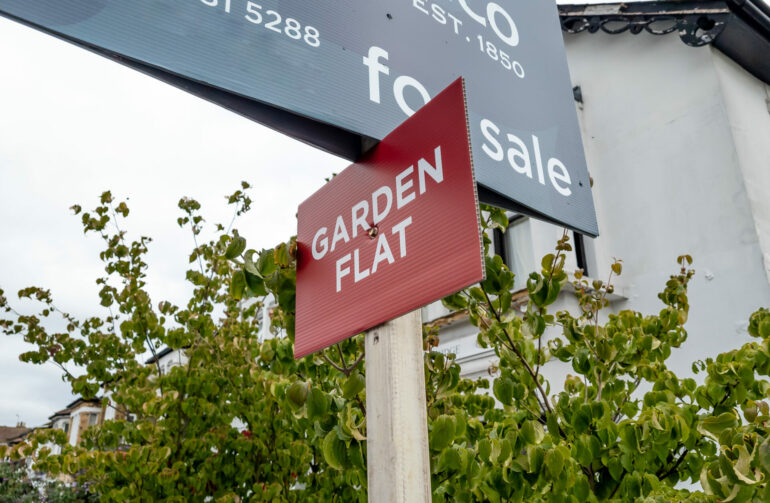The overall rate of homes sold by landlords declining, except in Scotland where the trend is inversely accelerating, according to the latest Hamptons Lettings Index.
Data reveals a decrease in the proportion of homes sold by landlords in Great Britain from 15.7% in 2022 to 14.0% this year.
This translates to an anticipated total of 139,820 buy-to-let sales in 2023, which is significantly lower by 53k compared to last year and 62k less than the peak in 2021. This shift indicates a more cautious approach by investors in the current economic climate.
Contrastingly, Scotland emerges as the sole region where the rate of properties sold by landlords has increased. The decline in new buy-to-let purchases in Scotland has reached a record low, marking a distinct regional variation within the broader British trend.
The rental market, however, continues to demonstrate robust growth. The average rental rate across Great Britain remained at a high of 11.7% in October, with London and Scotland leading the surge. This sustained increase in rental rates reflects the ongoing demand in the housing market amidst the changing landscape of landlord investments.
Aneisha Beveridge, head of research at Hamptons, said: “There’s a strong argument that landlords have been hit harder by higher rates than anyone else. However, despite these challenges, most landlords are sticking it out. Strong rental growth is softening the blow, but they’re also drawing on their equity and cash reserves to see them through. Portfolio investors – who tend to be more highly leveraged – are juggling their assets by selling one or two properties to reduce their mortgage debt on the rest of their portfolio, rather than selling up entirely.
“Most landlords cashing in are one of the 10%-20% of mortgaged investors who face making losses when remortgaging at higher rates. Typically, they bought low-yielding properties in the South of England relatively recently or they’ve been aggressively maximising their leverage and extracting equity to grow their portfolio.
“The real supply issue facing the private rented sector hasn’t just been caused by landlords selling up, but also because there’s been little appetite among investors to purchase new buy-to-lets over the last few years. This has reduced the number of homes available to rent which is fuelling rental growth. After adding wider inflationary pressures on top, we think rents will have risen by 25% by the end of 2026.”



